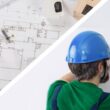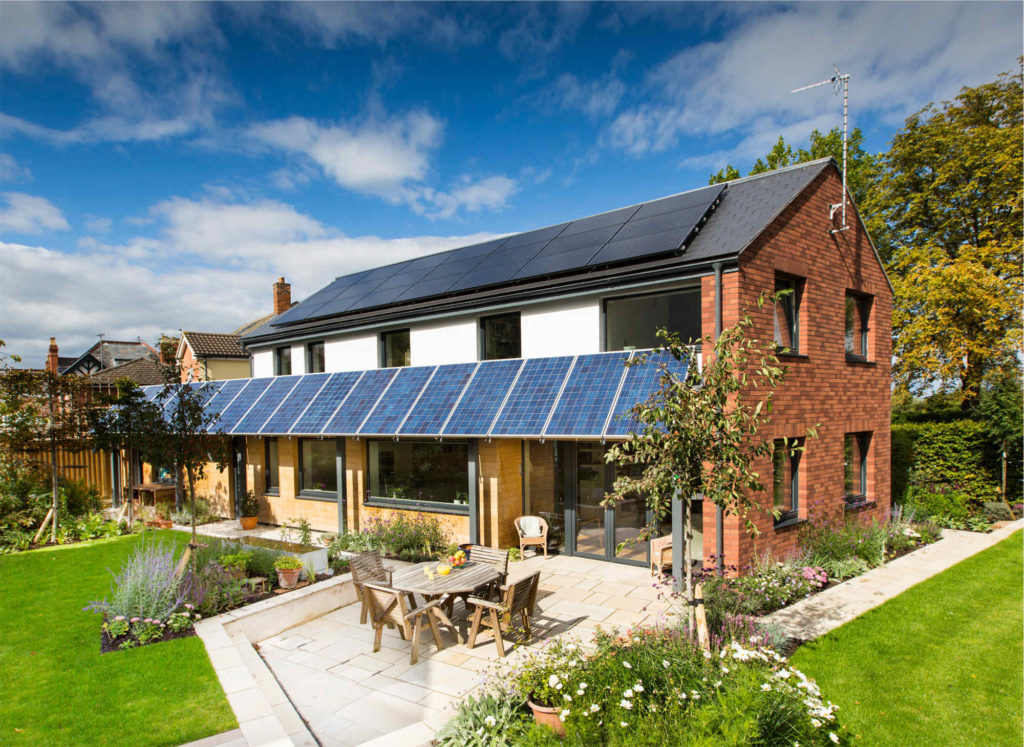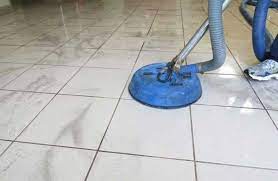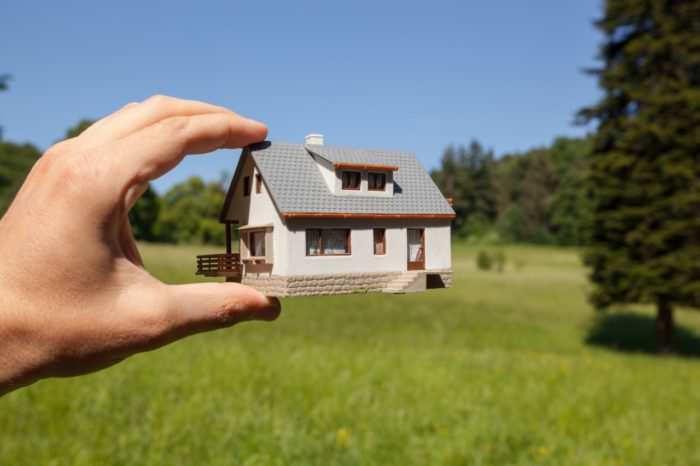Passive is synonymous with quality and good work in Architecture. And building well necessarily results in better energy efficiency for housing. But beyond that, which is very important and perhaps the first argument for this type of premium housing, there is another concept that we technicians leave in the background. And we are sure that in the end it is the most important thing, a Passive home guarantees comfort inside. Temperature and humidity comfort, air comfort as it is renewed and filtered, and even acoustic comfort.
And it is that spending few energy resources and having a minimum consumption is a compelling reason to contribute for a passive house. But even so, being able to feel comfortable and fully at ease is differential and must be in itself the ultimate goal of any home to be considered home. And this is a notable difference compared to a traditional home.
The problem with comfort is that on the one hand it is very personal and depends on each person, and on the other hand it is very difficult to measure. That is why we are going to address the main causes of discomfort. And at the same time, explain how a Passive solves these problems and guarantees optimal conditions adapted to each family.
Temperature and Humidity. Thermal insulation in a Passive.
A Passive House is built with qualities and architectural and construction solutions that make the house perfectly isolated. That is why it requires or needs very little energy both in winter and in summer to achieve a comfortable temperature inside.
Filtered Air. Heat recovery and controlled and optimized ventilation in a Passive.
In addition to the great insulation, in a Passive the airtightness of the house is of fundamental importance. On the other hand, it is an issue that the Technical Building Code does not yet address today and that is of vital importance to guarantee an optimal exchange of air between the interior and the exterior. That is, always in a controlled and intentional way. The air does not escape between the windows, nor are there relevant thermal bridges. In this way the ventilation is mechanical and is optimized by means of a heat recovery unit., which makes the air from the outside enter filtered or warm thanks to the already conditioned air inside that is renewed. So that the exchange of heat between the outside and the inside is carried out in an energy efficient way.
This ensures perfect hygrothermal conditions inside the house. And as if that were not enough, the air that enters the house does so through filters that ensure clean air. Which is also free of mites and other dust particles that would otherwise enter our home.
Noise. Acoustic insulation in a Passive House.
The two aforementioned issues, the great thermal insulation and the airtightness of the passive house, help to improve the acoustic insulation of our house. What also gives us added value, often difficult to quantify, but in which everyone agrees.







